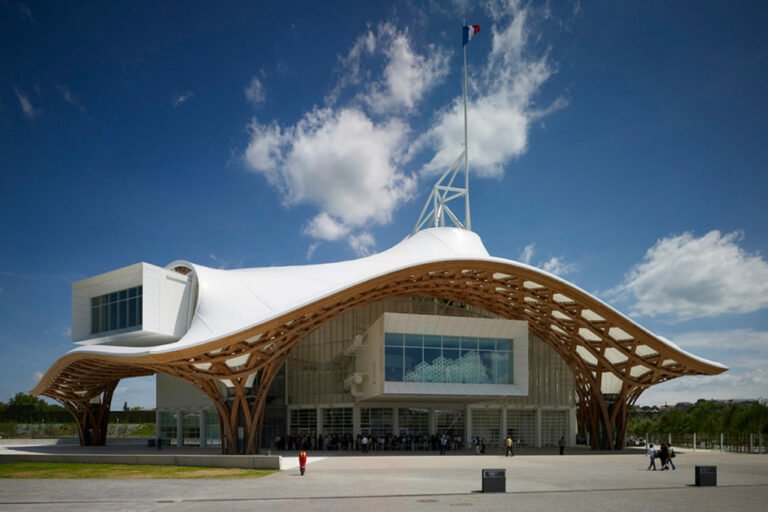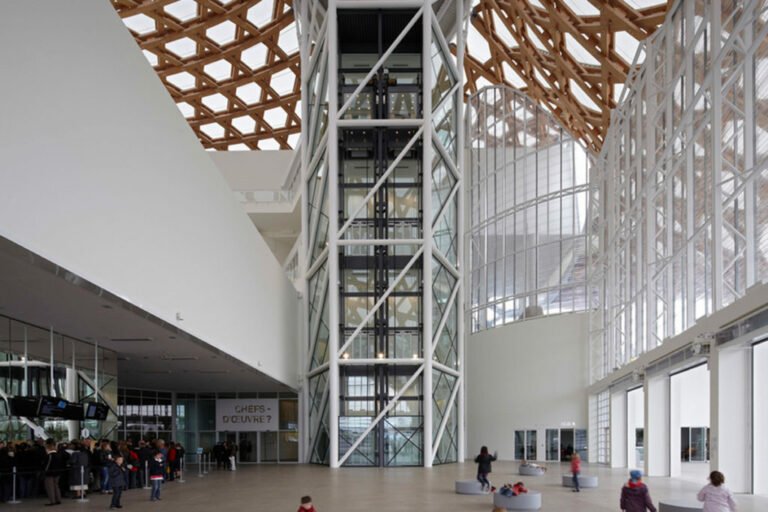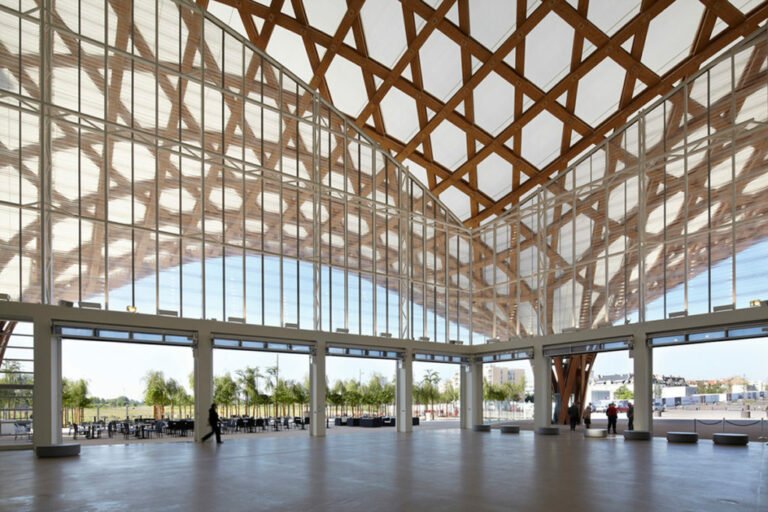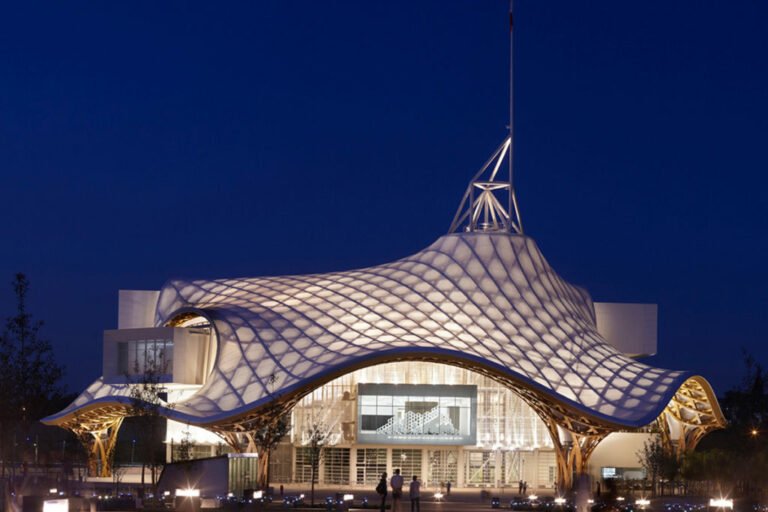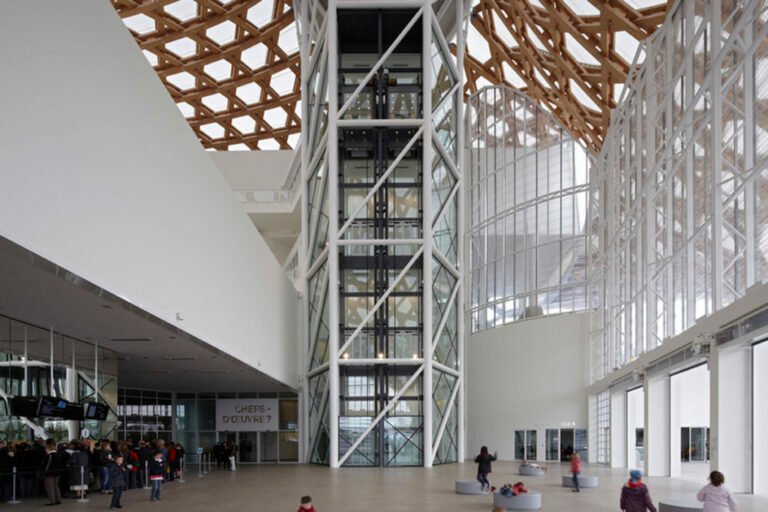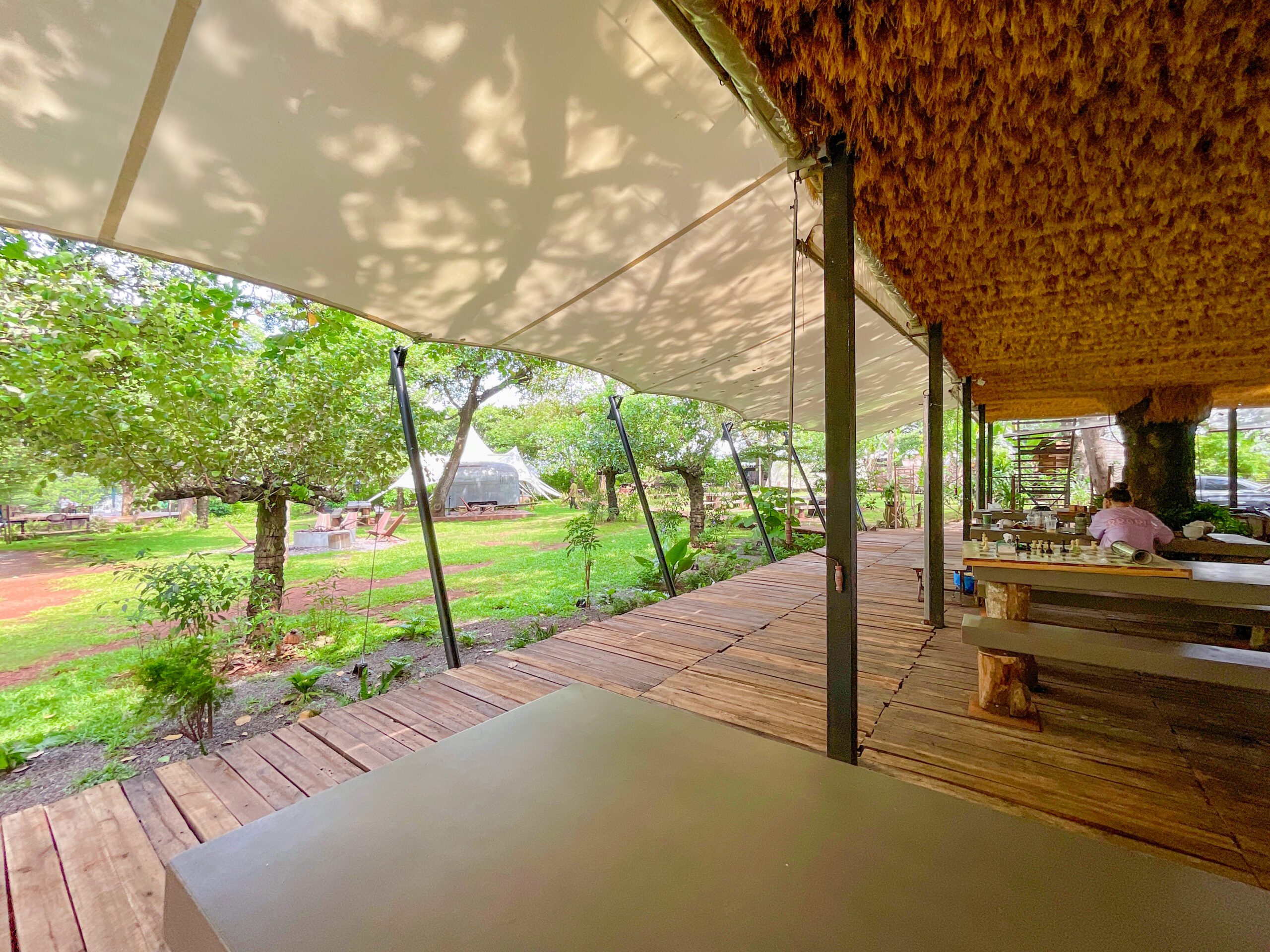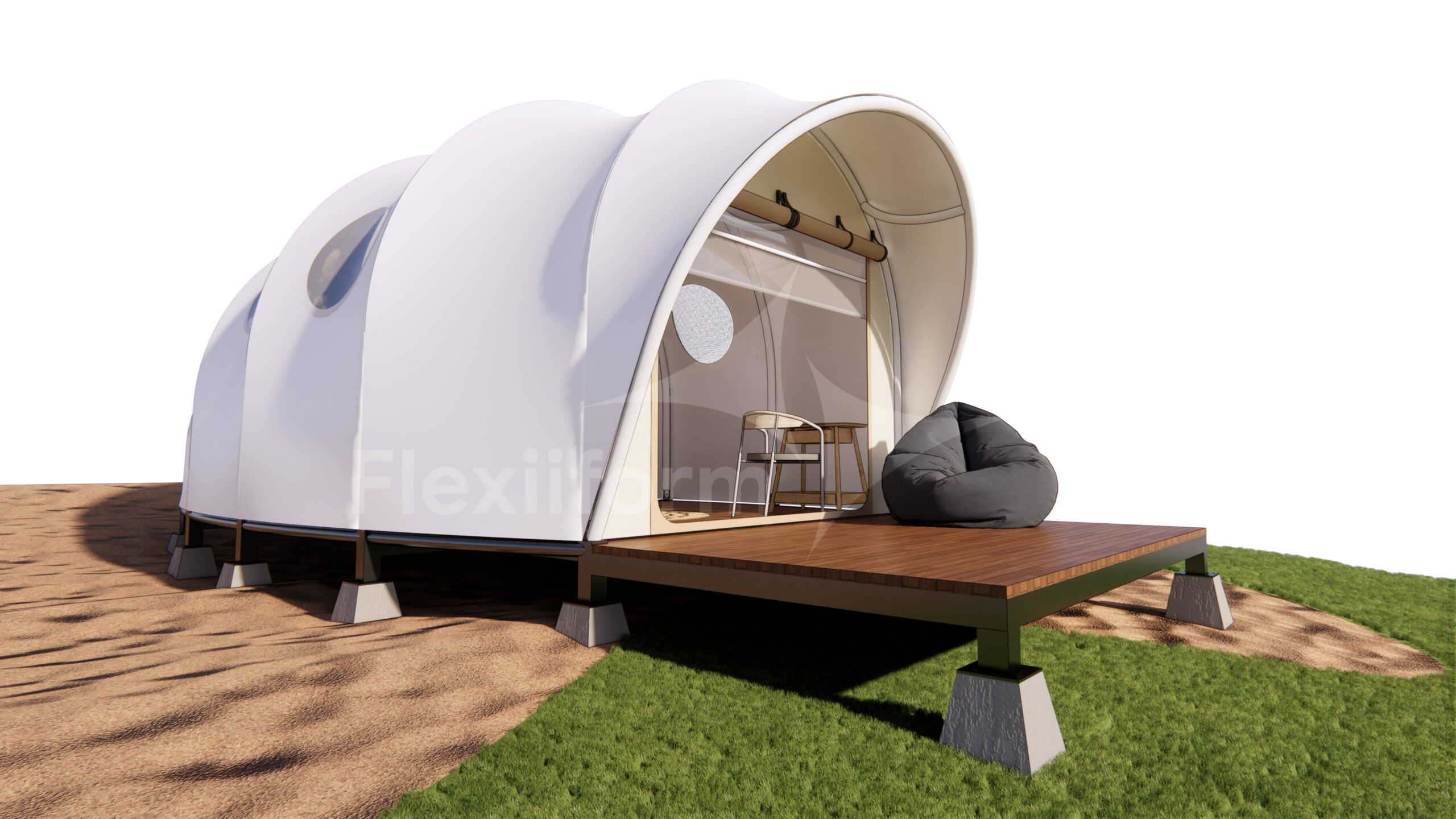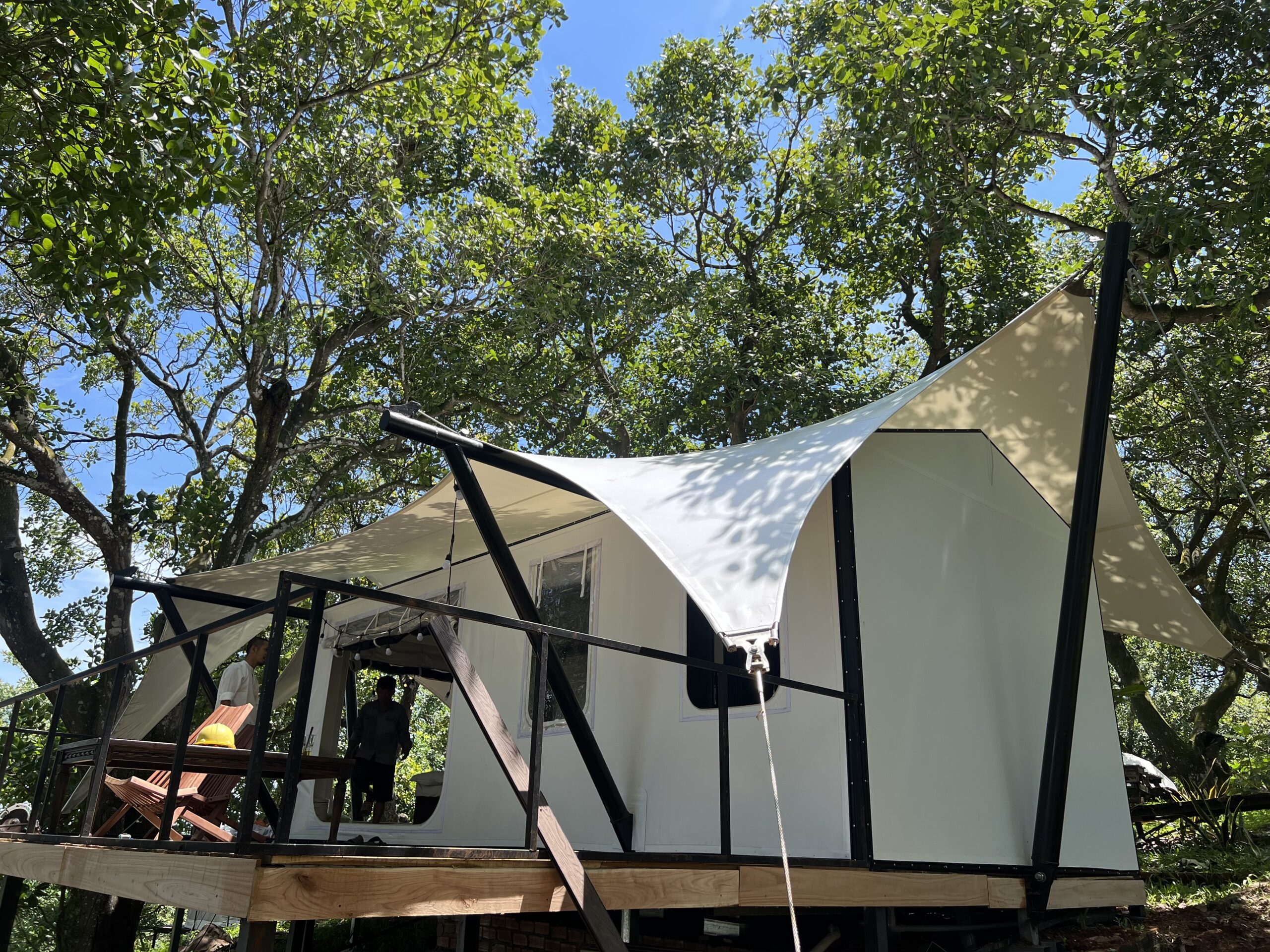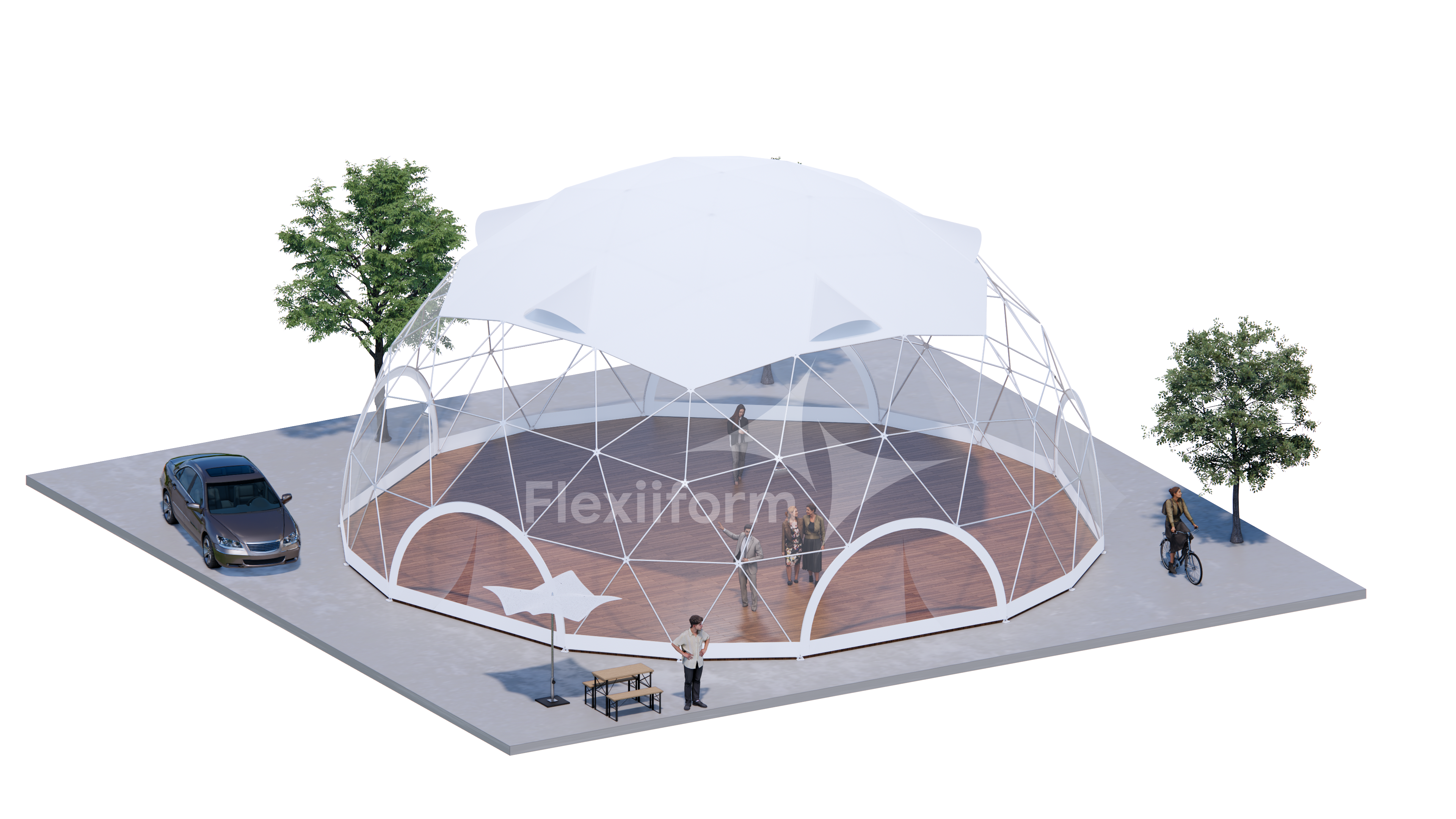Current Situation and Solution: Design of Tensile Canvas Canopy for the Pompidou Metz Art Museum – Symbol of Innovation and Inclusion
In the field of art museum design, there are two main trends: creating iconic buildings to attract tourists (the “Bilbao Effect” of the Guggenheim Museum) or renovating old industrial architecture to optimize exhibitions (Tate Modern). Instead of choosing either extreme, architects Shigeru Ban came up with a design concept that valued both the art that was easy to display and view, and the architecture that left a deep impression on visitors. That is why the Pompidou Metz Art Museum Tensile Roof was born. This work is a cascading system of three shifting galleries, creating the Grand Gallery, and is covered by a soft tensile roof system.
—
Technical Requirements Analysis & Solution Context
Designing a modern art museum faces many challenges:
* Optimizing exhibition space: It is necessary to be able to display many works, including very large works that cannot be displayed in traditional museums due to ceiling height limitations ($5.5\text{m}$ under the beam at the Paris Museum).
* Architectural harmony: It is necessary to create an architecture that leaves a deep impression on visitors, while still maintaining the identity and main function of displaying art.
* Flexibility and consistency: Galleries with different length requirements need to be integrated into a cohesive, flexible whole.
* Spatial connectivity: It is necessary to break down the boundaries between indoor and outdoor spaces, turning the museum into an extended gathering place of the surrounding park.
This context required a roofing solution that was capable of complex shapes, used lightweight materials, and integrated harmoniously with the overall structure, while optimizing light and space.
—
Technical Solutions
The Pompidou Metz canvas roof is an architectural achievement, representing a combination of creative ideas and advanced engineering.
Soft wrap structure and hexagonal wooden frame
The public galleries, with different length requirements, are based on a $15\text{m}$ wide module to create three simple square tubes with a long rectangular volume, $90\text{m}$ deep inside. These three tubes are stacked vertically and arranged around a hexagonal steel frame tower containing the stairs and elevators. The space created under the Pompidou Metz canvas roof is a cascading system of three displaced galleries, forming the Grand Gallery. The main purpose of this roof is to expose more works to the public, including very large works that cannot be displayed in the Paris museum (due to the $5.5\text{m}$ ceiling height under the beams). To meet this requirement, the Grand Gallery is designed to be $18\text{m}$ high. The roof structure is made of wood in the form of a hexagon that rests on all the separate blocks to unify them into a cohesive whole. For the French, the hexagon is also a symbol of their country, as it resembles the geographical shape of France, adding symbolic meaning to the structure.
Developed from Frei Otto's lightweight structure
Shigeru Ban was fascinated by the steel mesh structure of Free Otto, allowing for the creation of an interesting three-dimensional interior space using a minimum amount of material. Although triangular in shape to create rigidity in the plane, by dividing the entire surface of the Pompidou Metz canvas roof into triangles, the six timber elements converge at each intersection, creating extremely complex joints. By creating a hexagonal and triangular pattern with only four intersecting timber elements, the roof intersections do not use mechanical metal joints. This avoids the appearance of a massive surface and reduces the complexity and cost of the joints. Instead, each overlapping bar resembles a bamboo wicker – an idea that came from a traditional Chinese woven hat that Shigeru Ban found in a Paris antique shop in 1999 when designing the Japanese Pavilion for the Hanover Expo.
Shigeru Ban collaborated with Frei Otto to design the pavilion as a paper tube grid shell structure. Since first seeing his design at the Institute for Lightweight Structures and Conceptual Design at the University of Stuttgart, Shigeru Ban had been fascinated by the tensile steel grid structure. Frei Otto's steel grid allows for the formation of an interesting three-dimensional interior space using a minimal amount of material. However, the wire is only a linear element, and to build a normal roof, a wooden shell must be formed over the steel grid. When Shigeru Ban saw this, he wondered about the possibility of creating a grid structure using wood (laminated timber) that could be easily bent in two dimensions, where the roof could be placed directly on top. Since wood can be used as both a tensile and a compressive member, Shigeru Ban thought it could be implemented as a compressive shell structure in addition to a tensile grid structure.
Design concept and spatial continuity
Another important aspect of this concept is the continuity of the interior spaces to the exterior, and the spatial sequence that arises from these relationships. Buildings are generally boxes that only begin when the interior and exterior are separated by walls. Instead of a box, the museum is a gathering place under a large roof that is an extension of the surrounding park. Since it is easier to enter without the presence of walls, the facade is composed of glass shutters that can be easily removed, creating an open and flexible space.
—
Results and Performance Evaluation
The Pompidou Metz canvas canopy is a remarkable architectural achievement, successfully creating a unique and multifunctional space. The project not only effectively solves the problem of displaying large works of art, but also creates an expressive architecture that is in harmony with the surrounding landscape and cultural identity. The use of a hexagonal timber frame and the development of Frei Otto's lightweight structures demonstrate the ability of lightweight materials to create complex and structurally efficient shapes. In particular, the lack of mechanical metal joints and the application of bamboo weaving techniques have reduced the bulkiness and cost, while increasing the aesthetics. The seamless continuity between the interior and exterior spaces transforms the museum into an open gathering place, contributing to the enhanced visitor experience and affirming the building's position as a symbol of innovation in museum architecture.
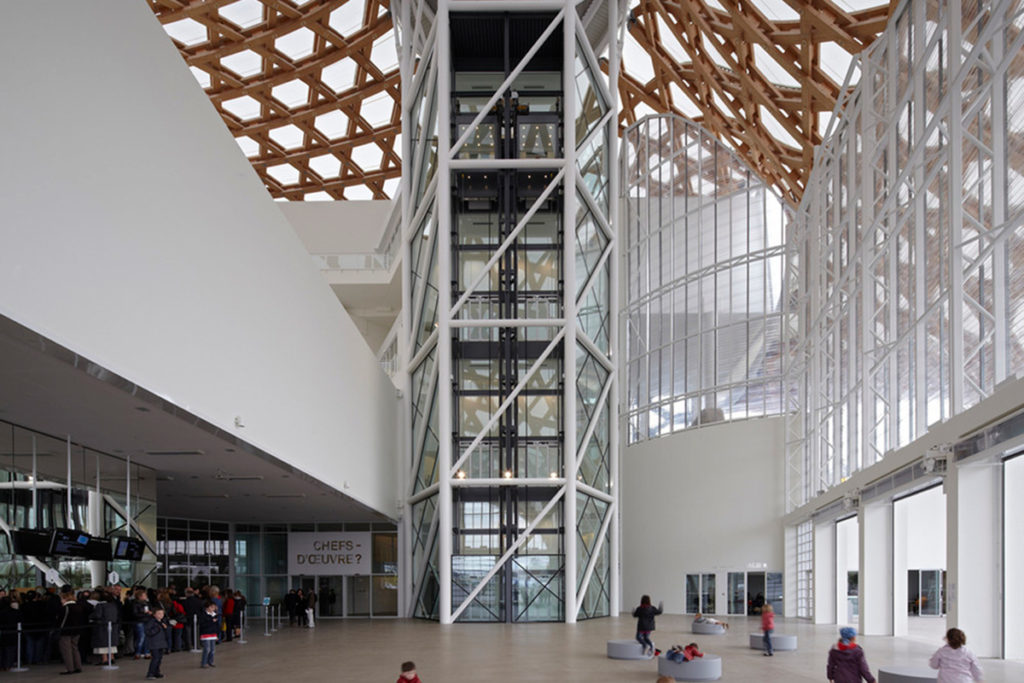
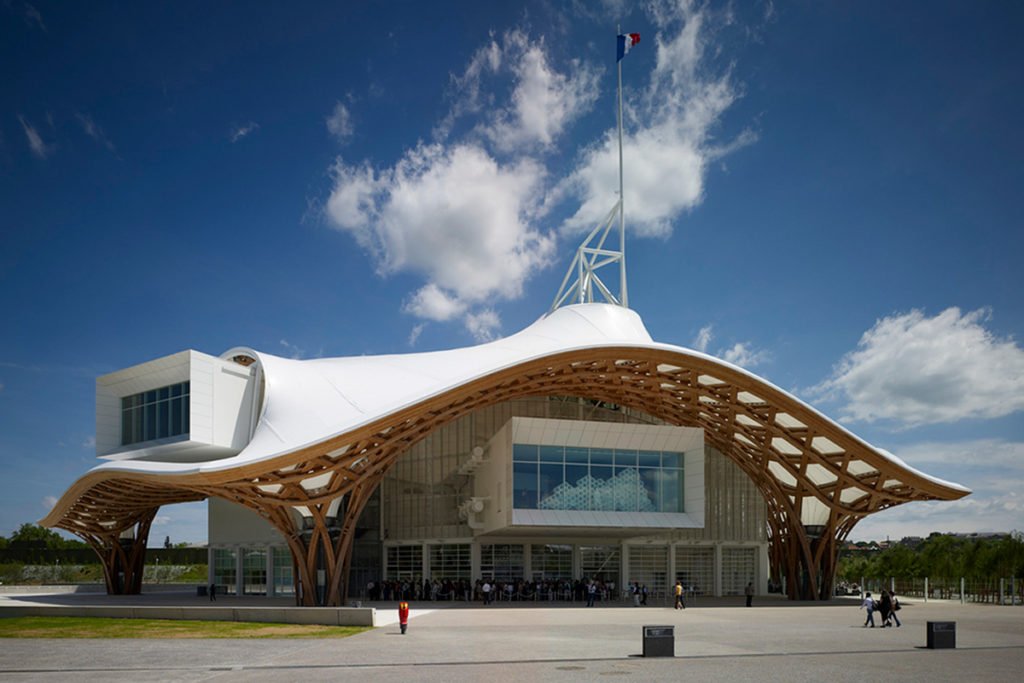

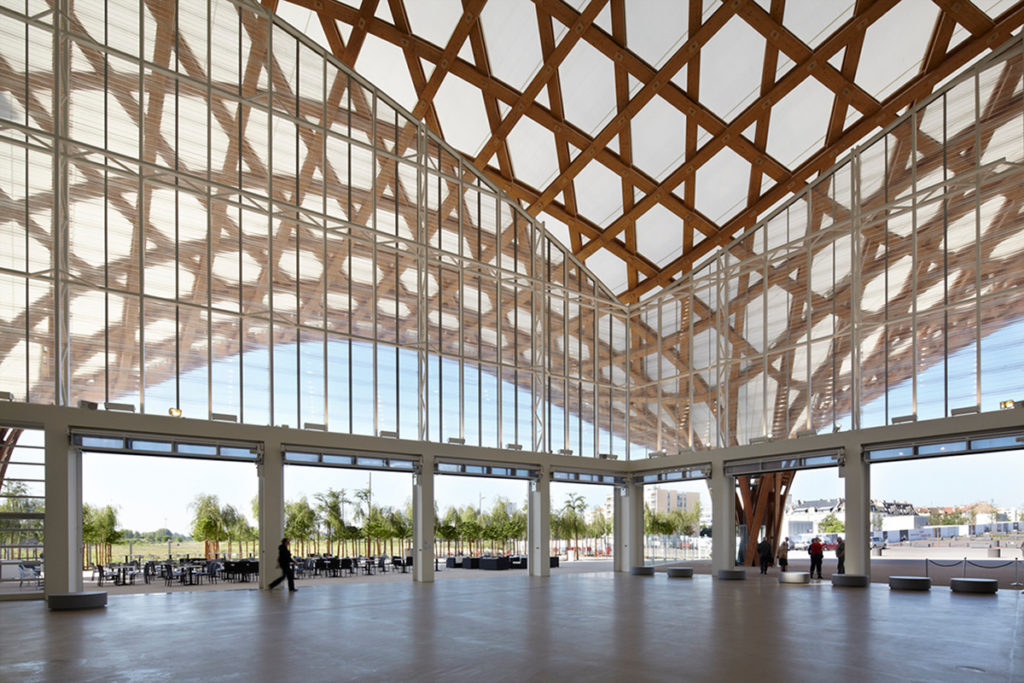

—
Contact Technical Consulting
Flexiiform is a professional Tensile Fabric design and construction company in Vietnam. With a team of well-trained and skilled Architects and Engineers, we are proud to be the only unit in Vietnam to receive professional advice from FasTech Company – The leading design and construction company of tensioned fabric structures in Thailand, with nearly 30 years of prestige and experience in the industry and successfully implementing more than 1,000 tensioned fabric projects in Thailand and Southeast Asia. With the strength of creative ideas in tensioned fabric architectural design, along with practical construction methods, Flexiiform is confident to bring the most optimal solutions for each specific project.
For expert advice or to request a detailed quote, please contact us. You can read more Other Flexiiform products and Reference video from studioartnet.
Contact information:
Company: Flexiiform
Phone: +84 8678 68830
Website: https://flexiiform.vn/
Fanpage: https://www.facebook.com/flexiiform/


